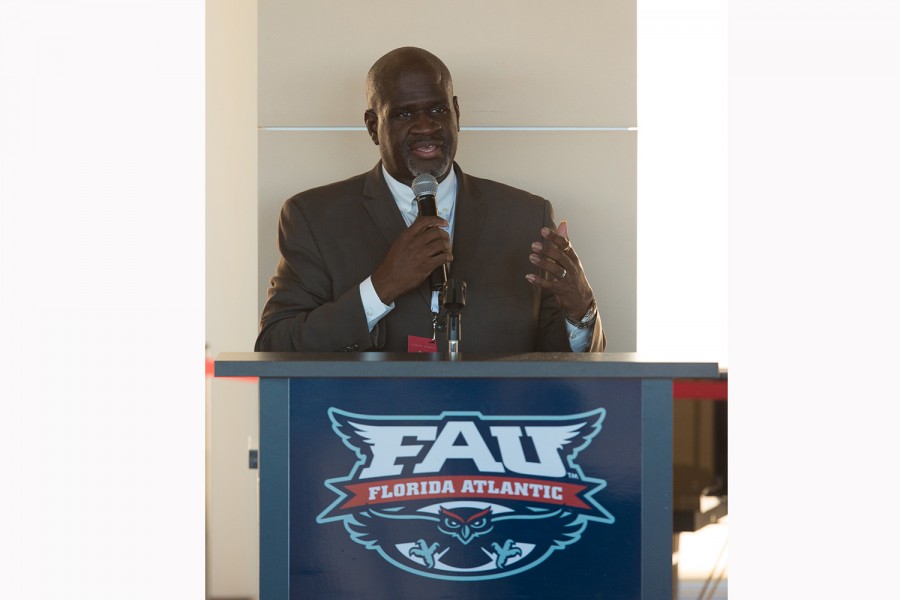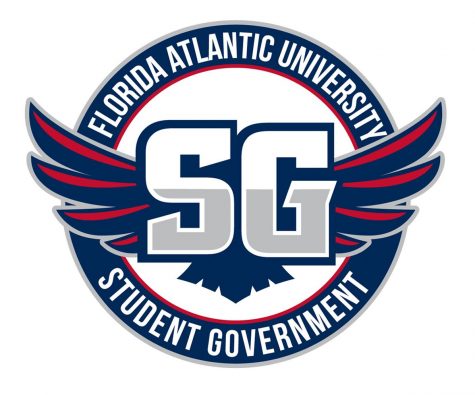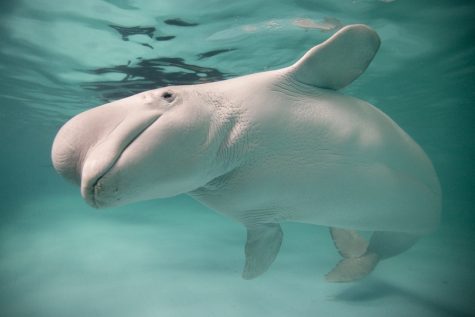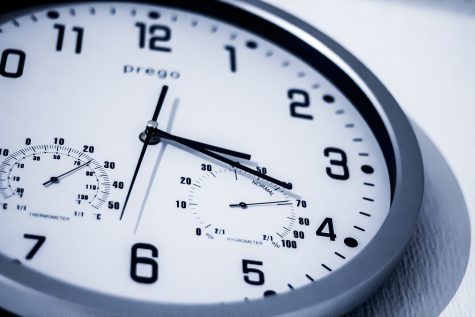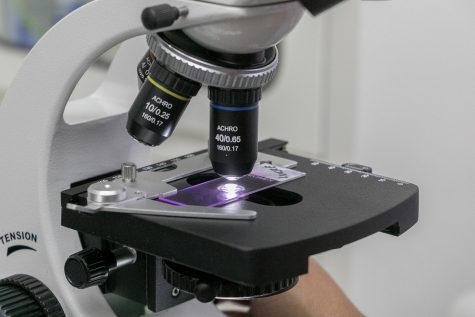“Tight budgets” means less jobs for student media outlets
May 11, 2015
For the rest of the fiscal year, FAU media outlets have been told by their advisors to limit paid staff to two or three personnel, but student affairs administrators don’t seem to know about these limitations.
Vice President of Student Affairs Corey King explained to the UP in an email on April 28 that there “are no cuts in salaries for employees over the summer.” He added that “May and June are our slowest months for student activities on campus, so we are choosing to be efficient and responsible in our hiring practices as we transition into the new fiscal year.”
Both Owl Radio and Owl TV were told by Addiel Gomez, their advisor who doubles as the assistant director of student media, that they would only be able to hire two or three personnel for summer operations.
Neil Santaniello is the UP’s advisor and a professor in the communication department. With backing from Student Affairs, he held the UP—which is budgeted to pay up to 25 people—to the same parameters, saying that the publication could only pay two to three “essential” staff members to operate up until the end of this fiscal year (July 1).
“Budgets typically get ‘tight’ at the end of the fiscal year,” King said in an attempt to justify the payroll restrictions.
King was unsure of where the limitations to two or three paid employees came from. The UP managed to have that number increased to six staff positions after negotiating with Student Affairs and Student Media staff.
But what King explained regarding budgetary issues over summer does not seem to apply to student government in the same way as other organizations.
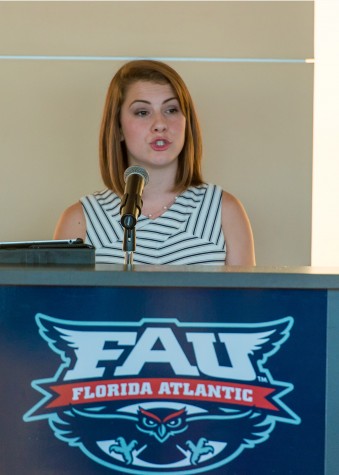
Despite saying in an informal meeting on April 24 that the cuts were “across the board,” student body president Kathryn Edmunds said that most of the governors’ administrative cabinet (or GAC), and all of the president’s administrative cabinet (or PAC), would remain on payroll. There are nine positions in the GAC, and 12 positions in the PAC.
Edmunds later explained to Santaniello that these positions in student government were to remain on payroll because they are protected by statutes.
When asked where these statutes were located, Edmunds replied via email saying that we could find them in the “state laws that back up Student Government at public Universities.” We asked her for further clarification, but Edmunds did not reply as of publication time.
Despite looking through both FAU and state statutes, the UP was unable to find any statutes saying that positions of student government must remain employed over summer. We did, however, find statutes that are in place to help prevent budgets from “getting tight” towards the end of the fiscal year.
 By the first week of each spring semester, the vice president of student affairs (who was King in this case) is responsible for updating enrollment projections to the University Budget Appropriations Committee (or UBAC). Updating these enrollment numbers allows for the UBAC to better understand how much money they could have to allocate to each program.
By the first week of each spring semester, the vice president of student affairs (who was King in this case) is responsible for updating enrollment projections to the University Budget Appropriations Committee (or UBAC). Updating these enrollment numbers allows for the UBAC to better understand how much money they could have to allocate to each program.
The money that the UBAC has to work with is a projected amount of activity and services fees (or A&S fees) that students pay as part of their tuition.
Each year, programs are asked to propose a budget to the UBAC. These budgets are used to buy equipment, provide events for students, pay personnel and cover other various expenses.
If the school does not have as many students as predicted, it creates a budget shortfall. In other words, there will not be as much money (in A&S fees) as originally thought. There is a reserve account meant for use in the event that programs need to continue spending money.
 The vice president of student affairs has access to the account, which covers “cash flow needs, enrollment shortfalls, and budgetary emergencies,” according to statute 212.000.
The vice president of student affairs has access to the account, which covers “cash flow needs, enrollment shortfalls, and budgetary emergencies,” according to statute 212.000.
Although this reserve account is intended for emergencies, Edmunds explained to Santaniello that last year, new garbage cans — an expense that could have been foreseen — were bought with money from this reserve account.
This reserve account is not to fall below 10 percent of the annual budget, and is the first priority of A&S dollars. It was never expressed to the UP that this reserve budget was in danger of falling below 10 percent, which raises the question of why A&S fee-funded organizations are being restricted as to who they are able to pay.
Since the vice president of student affairs restricts the amount of spending for May and June, it does not allow organizations and programs that operate over these summer months to use the remainder of their budget.
Members of the UBAC do not anticipate programs spending all of their allocated money. The leftover money becomes the beginning fund balance for the next fiscal year, which could be fueling King’s rationale for restricting spending.
Check back to upressonline.com for updates

